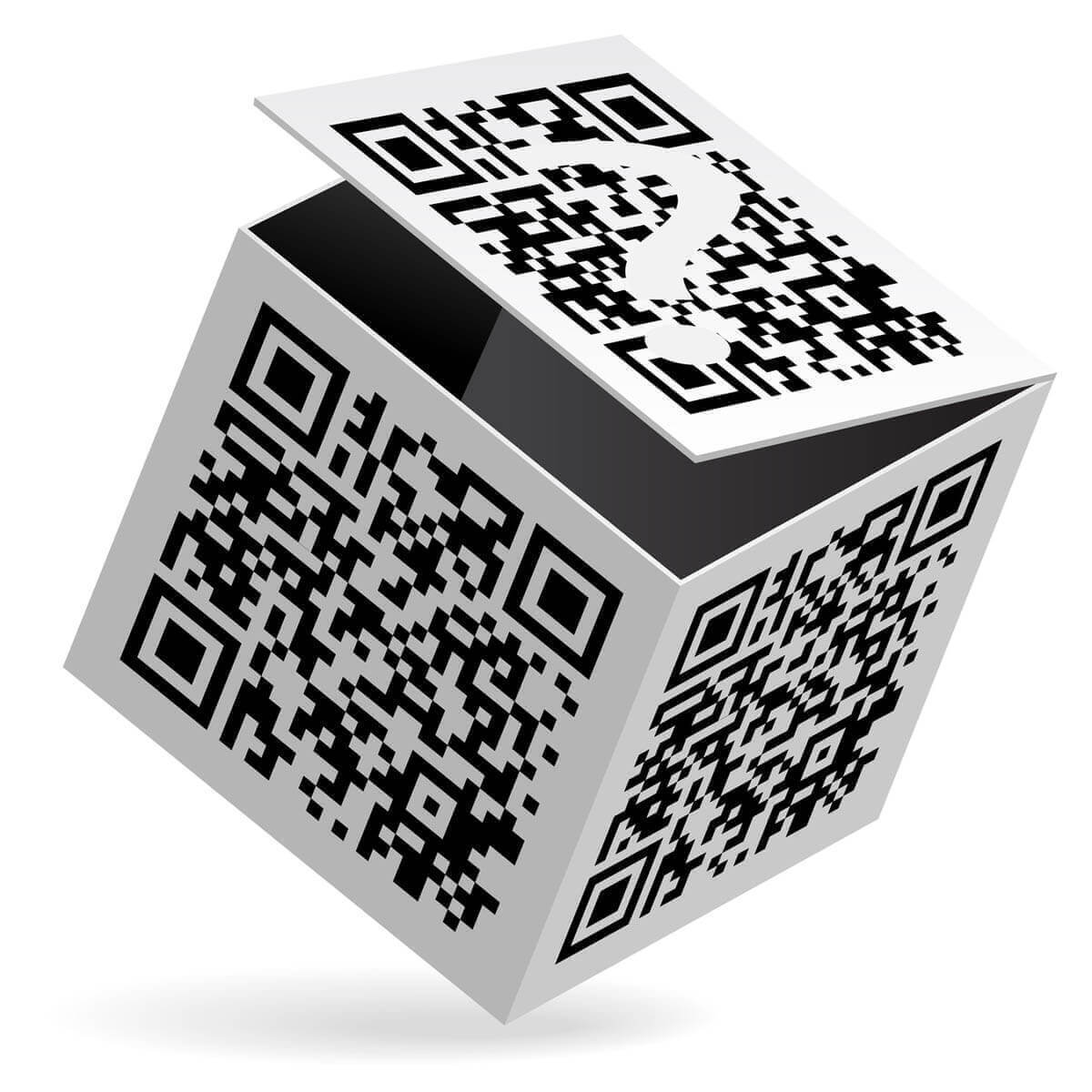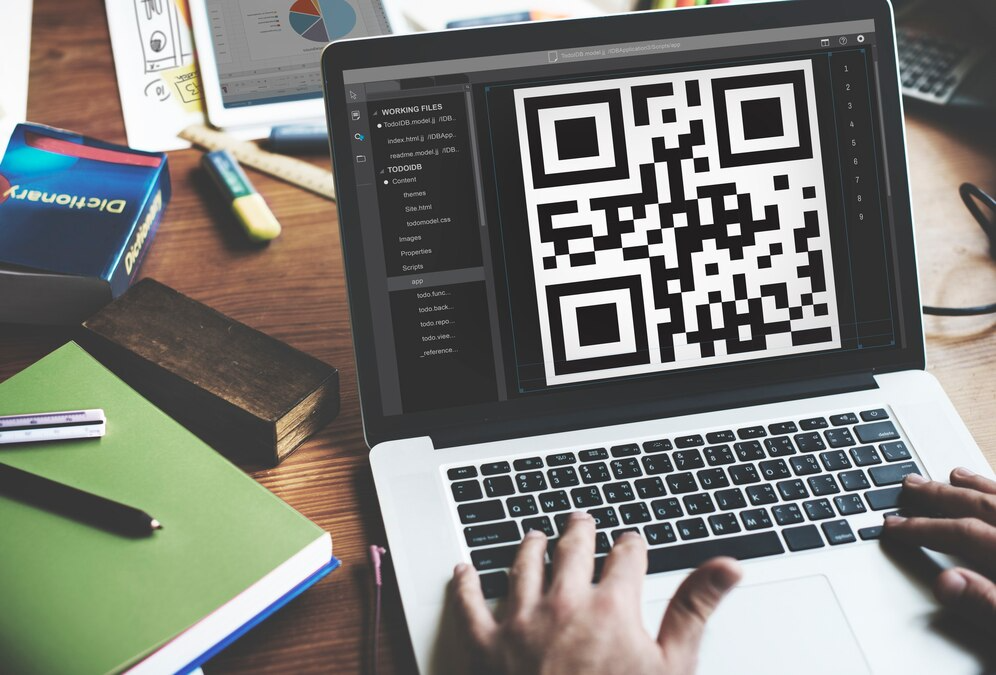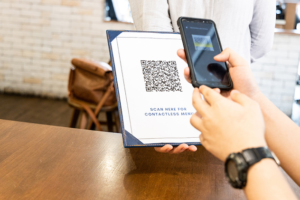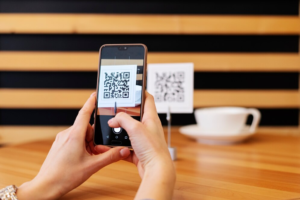Introduction
In today’s fast-paced world, where technology continues to advance at an astonishing rate, QR codes Vs. barcodes have become essential tools for businesses, marketers, and consumers alike. These two-dimensional codes provide a convenient way to store and access information, making processes more efficient and seamless. In this article, we will delve into the differences between QR codes and barcodes, their unique functionalities, and how they can be maximized to enhance various aspects of our lives.
QR Codes: The Future of Information Sharing

The Rise of QR Codes
QR codes, short for Quick Response codes, have gained immense popularity in recent years. Developed by the automotive industry in Japan, these codes were originally used to track vehicles during the manufacturing process. However, their potential quickly expanded beyond their initial purpose, and they are now widely utilized across different sectors worldwide.
Understanding QR Codes
QR codes are two-dimensional codes that can store a significant amount of information, including text, URLs, contact details, and more. Unlike traditional barcodes, QR codes can be scanned by smartphones and other mobile devices equipped with a camera and QR code reader app, making them highly accessible.
Benefits of QR Codes
- Enhanced Versatility: QR codes can be utilized in various applications, such as marketing campaigns, inventory management, ticketing systems, and product authentication.
- Increased Data Capacity: QR codes can store much more information compared to barcodes, making them ideal for detailed product descriptions, website links, and multimedia content.
- Interactive and Engaging: QR codes can link to dynamic content, allowing businesses to engage with customers through interactive experiences, such as surveys, videos, and augmented reality.
QR Codes vs. Barcodes: Maximizing Efficiency

While barcodes have been prevalent for decades and serve their purpose in many scenarios, QR codes offer distinct advantages that enable businesses and consumers to maximize efficiency.
Scanning Speed and Accuracy
When it comes to scanning speed, QR codes have the upper hand. Due to their square shape and advanced error correction capabilities, QR codes can be scanned quickly and accurately, even if they are damaged or partially obscured. On the other hand, barcodes require a clear line of sight and are prone to scanning errors if not aligned correctly.
Data Capacity and Flexibility
QR codes have a significant advantage over barcodes in terms of data capacity. A standard barcode can hold a limited amount of information, typically up to 20 characters. In contrast, QR codes can store up to 7,000 characters, accommodating extensive details, such as product specifications, website links, and additional data fields.
Ease of Generation and Customization
Creating QR codes is relatively straightforward, and numerous online tools and software are available to generate customized QR codes. Businesses can incorporate their brand colors, logos, and other design elements into the QR code, enhancing their visual appeal while maintaining functionality. Barcodes, on the other hand, have limited customization options and are generally limited to black and white color schemes.
Common Uses of QR Codes
- Marketing and Advertising: QR codes are widely used in promotional materials, such as posters, flyers, and brochures, to provide customers with quick access to product information, special offers, and discounts.
- Contactless Payments: With the rise of mobile payment systems, QR codes are used for seamless transactions, allowing users to scan codes with their smartphones to complete purchases securely.
- Event Management: QR codes simplify the check-in process for conferences, concerts, and other events, eliminating the need for physical tickets and reducing waiting times.
- Product Tracking and Authenticity: QR codes enable businesses to track their products throughout the supply chain, ensuring authenticity and helping to combat counterfeiting.
Barcodes: The Foundation of Modern Identification Systems
The Evolution of Barcodes
Barcodes revolutionized the retail industry when they were first introduced in the 1970s. Since then, they have become an integral part of supply chain management, inventory control, and retail operations.
Understanding Barcodes
Barcodes are linear codes represented by a series of parallel lines of varying widths and spaces. Each unique pattern corresponds to a specific product or item, allowing for easy identification and tracking.
Benefits of Barcodes
- Wide Adoption: Barcodes are universally recognized and accepted across different industries, making them compatible with existing systems and technologies.
- Cost-Effective: Barcodes are relatively inexpensive to produce and implement, making them an affordable solution for businesses of all sizes.
- Efficiency and Accuracy: Barcodes facilitate rapid and error-free data entry, reducing manual errors and streamlining processes, such as inventory management and point-of-sale transactions.
QR Codes vs. Barcodes: When to Use Each
While QR codes offer numerous advantages, barcodes still have their place in specific applications. Understanding when to use each can help businesses optimize their operations effectively.
Barcodes for Inventory Management
In environments where extensive data storage and customization are not necessary, barcodes provide a practical solution for inventory management. Their simplicity and widespread use make them efficient for tracking large quantities of items quickly.
QR Codes for Marketing and Engagement
When it comes to marketing and customer engagement, QR codes take the lead. The ability to link to multimedia content, personalized offers, and interactive experiences makes them an invaluable tool for capturing customer attention and driving conversions.
Hybrid Approaches
In some cases, businesses may opt for a hybrid approach, utilizing both QR codes and barcodes in different stages of their operations. For example, a product may have a traditional barcode for supply chain management and a QR code for consumer engagement and product information.
FAQs about QR Codes vs. Barcodes
What are the key differences between QR codes and barcodes?
QR codes differ from barcodes in several ways. QR codes are two-dimensional and can store more data, while barcodes are linear and have limited data capacity. Additionally, QR codes can be scanned by smartphones, whereas barcodes require specific scanners.
Are QR codes more secure than barcodes?
QR codes and barcodes do not inherently provide security measures. However, QR codes can incorporate encryption and authentication techniques to enhance security, making them suitable for applications that require secure data transmission and product authentication.
Can QR codes and barcodes coexist?
Absolutely! QR codes and barcodes can coexist in various scenarios, each serving different purposes. For instance, while barcodes are commonly used for inventory management, QR codes can be employed for marketing, authentication, and customer engagement.
Are QR codes and barcodes universally compatible?
Both QR codes and barcodes have widespread compatibility across devices and systems. QR code scanning apps are available for smartphones, and barcode scanners are commonly integrated into point-of-sale systems and inventory management software.
How can businesses ensure the effective use of QR codes and barcodes?
To maximize the efficiency and functionality of QR codes and barcodes, businesses should:
- Clearly define the purpose and objectives of using codes.
- Ensure codes are placed prominently and visibly in relevant materials.
- Regularly test and verify the functionality of codes.
- Continuously monitor and update codes as needed.
What is the future of QR codes and barcodes?
QR codes and barcodes will continue to evolve and adapt to the changing technological landscape. As mobile devices become more prevalent, QR codes are likely to become even more integrated into our daily lives. Barcodes will remain a fundamental tool for inventory management and supply chain operations.
Conclusion
QR codes and barcodes are powerful tools that have transformed the way we store, share, and access information. While barcodes have been a staple in retail and logistics, QR codes offer enhanced versatility, interactivity, and data capacity. By understanding their unique functionalities and optimal use cases, businesses and consumers can maximize efficiency and leverage the full potential of these codes. Whether it’s for inventory management, marketing campaigns, or customer engagement, QR codes and barcodes continue to play crucial roles in our digitally driven world.













